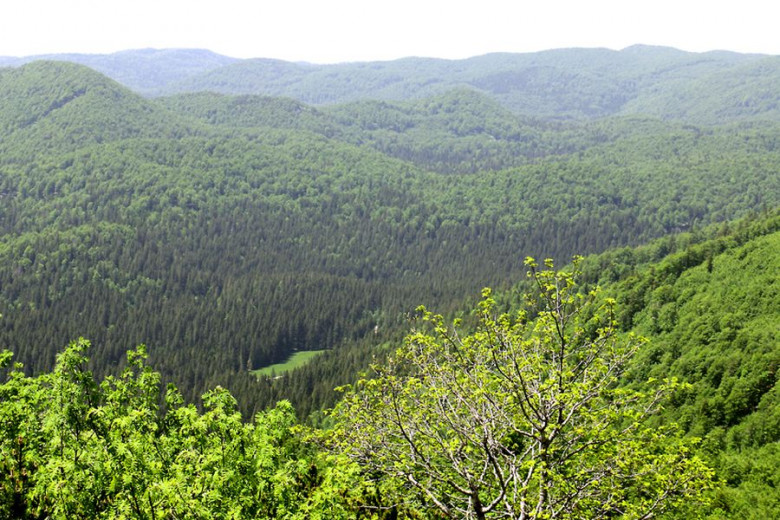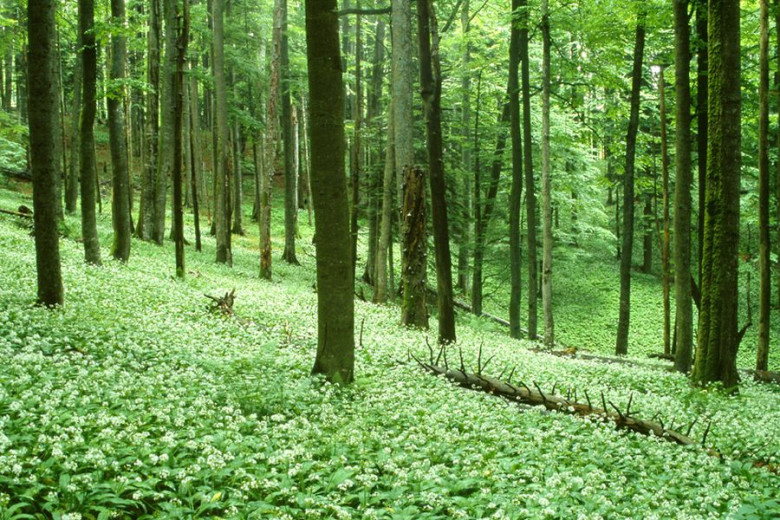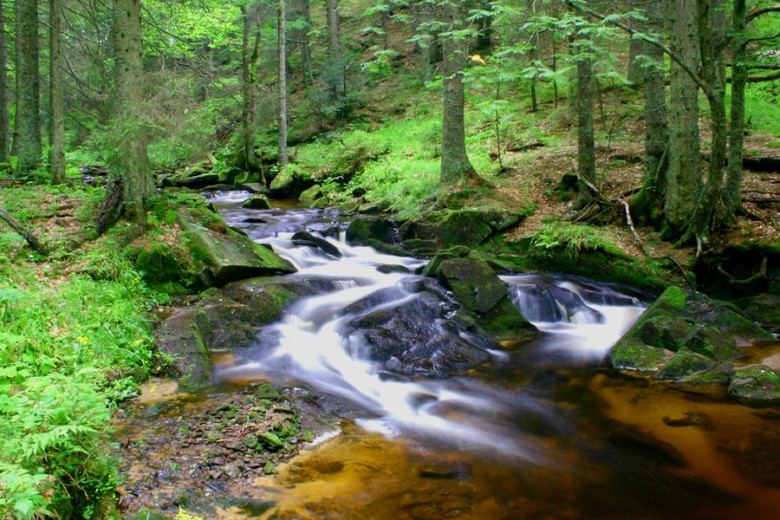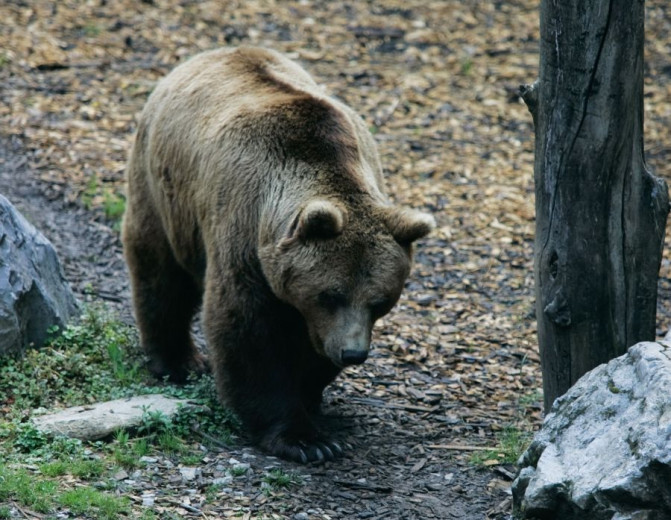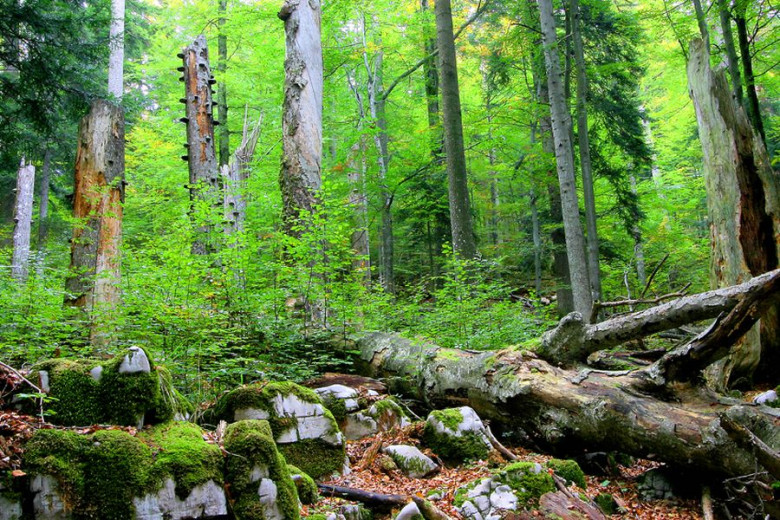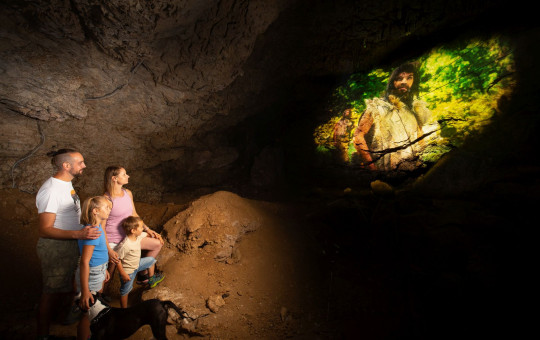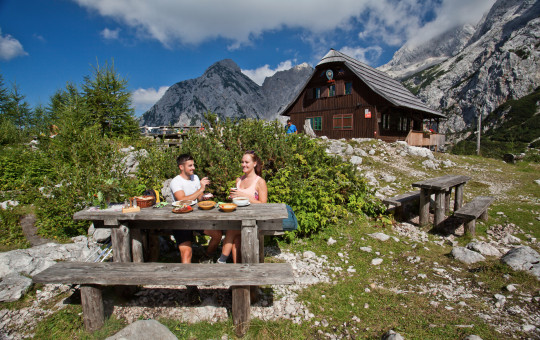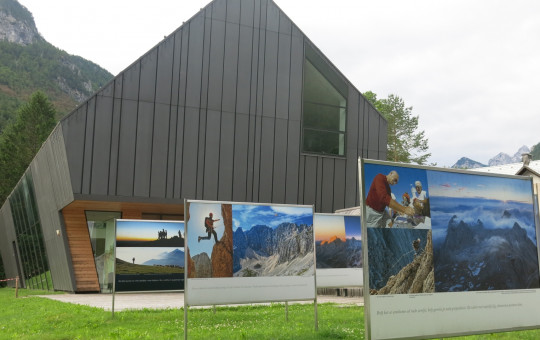Date: 5. March 2020
Time to read: 5 min
The wide variety of Slovenian forests includes some very special areas that have long been left unmanaged, thus preserving their original structure and appearance. Because of their virgin state, they are referred to as "primeval forests". As foresters like to say, it is "A forest where no sound of the axe has ever resounded."
As primeval forests usually appear in relatively small areas, scattered around predominantly managed forests, they are usually called primeval forest remnants. Due to their special and interesting features, primeval forest remnants and certain other forests are protected in Slovenia as part of its forest reserve system. In accordance with a government decree, forest reserves include forests whose development phase and past development make them highly valuable for research, studying and monitoring the natural development of forests, biodiversity and the protection of natural assets and cultural heritage.
Out of 170 forest reserves in Slovenia covering a total of 9,508 hectares of land, 14 are considered as primeval forests. They cover from less than three and up to 800 hectares, which is the surface area of the largest forest reserve, Snežnik-Ždrocle. The average size of all forest reserves is 56 hectares.
A result of conscious and planned management
The well-preserved state of Slovenian forest and primeval forest reserves and other Slovenian forests is not merely a happy coincidence. It is the result of conscious, planned management and the legacy of many past generations. One of the most important documented landmarks in this success story was the conscious decision to preserve primeval forest remnants in the Kočevje region.
In the 1892 forest management plan, nature-conservation oriented forester Dr. Leopold Hufnagel, who managed the forests of Duke Auersperg in Kočevje, proposed that certain sections of the forest be left completely unmanaged to leave a primeval forest for future generations.
In addition to this progressive decision made by foresters and forest owners, this was also one of the first places in Europe to abandon the clearcutting system more than a century ago, which was also made into law after World War II.
-
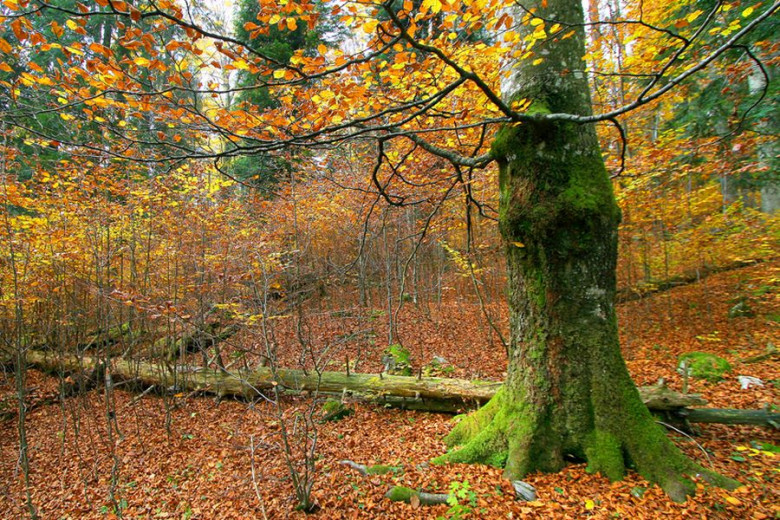 Colourful autumn scenery in the Rajhenavski Rog primeval forest reserve in the Kočevje region. Photo: Lado Kutnar
Colourful autumn scenery in the Rajhenavski Rog primeval forest reserve in the Kočevje region. Photo: Lado Kutnar
-
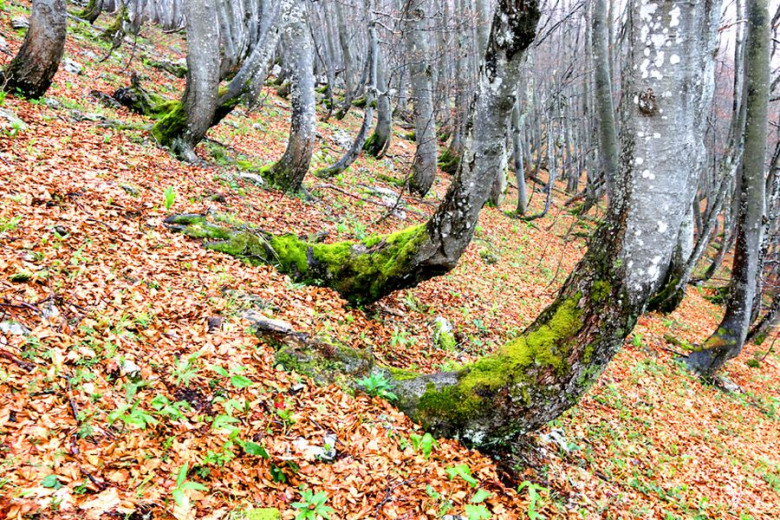 Beeches defy the extreme conditions at the tree line on the slopes of Mount Snežnik. Their trunks are bent due to the weight of thick snow and other extreme conditions. Photo: Lado Kutnar
Beeches defy the extreme conditions at the tree line on the slopes of Mount Snežnik. Their trunks are bent due to the weight of thick snow and other extreme conditions. Photo: Lado Kutnar
-
 Young firs sprout from a decaying tree stump in the primeval forest. Photo: Lado Kutnar
Young firs sprout from a decaying tree stump in the primeval forest. Photo: Lado Kutnar
Close-to-nature, sustainable and multi-purpose forest management
In the second half of the 20th century, the progressive thinking of earlier generations was continued by Professor Dr. Dušan Mlinšek, together with several generations of foresters. Complemented with good international experience, this laid the foundations for the development of close-to-nature, sustainable and multi-purpose forest management. In this spirit, precious primeval forest remnants and other special forests have been preserved as part of forest reserves.
An incredible moment of international recognition for Slovenia's preserved forests that are the result of close-to-nature forest management over generations of foresters and forest owners came in 2017, when two of our forest reserves were included in the UNESCO World Heritage List.
The UNESCO list of ancient European beech forests includes the Krokar Virgin Forest Reserve, with 75 hectares of pristine, original forests at the picturesque fringes of the Kolpa Valley.
The second entry is our largest forest reserve, Snežnik-Ždrocle. It covers an extensive area of ancient beech forests, with areas of ancient forests extending from the foot to the slopes of Snežnik Mountain, up to the extreme ecological conditions at the upper tree line. Both reserves are also widely surrounded by various forests of beech, fir, spruce and many other tree species that receive special care as part of the European network of protected areas, Natura 2000.
Why are primeval forests so unique and special?
Primeval forest remnants of former extensive ancient forests are unique environments, their development being subjected almost solely to natural processes. A primeval forest is a unique and singular interweaving of the forces of nature. It is a small area where flourishing life meets final death. But even death in a primeval forest is not really dead and final, as it gives birth to new life.
When mighty, over 500- year-old trees bend and fall, they open the path to rays of sunshine to reach the cold forest floor, allowing young trees to sprout and grow and many other organisms to develop.
The decaying wood residues of mighty trees in varying degrees of decomposition are a rich meal for countless creatures. They provide refuge to and enable the survival of numerous invisible microorganisms, complex fungi, saturated green mosses and other plants. Various animal organisms, such as insects, birds and bats, also find their home or food in the fallen tree giants as well as in the tree hollows and fissures of standing dead trees. Due to the preservation of the primeval forest environment, the diversity of all of these organisms is greater than in common forests subject to human management and intervention in the form of various activities. It is no coincidence that some of our primeval forests have been proclaimed biodiversity hotspots on the European level.
Home to numerous charismatic animal species
The vast forests are also home to numerous charismatic animal species, such as bears, wolves and lynxes. Seeing them in their natural habitat is an incredible experience that brings with it a slight sense of awe. In the primeval forest and the extensive beech forests, one can also hear the powerful sound of throating the loud deer mating calls in the autumn evenings.
Numerous sounds of birds, from the varied warbles of songbirds and the night hoots of owls to the loud tapping of cavity-nesting birds, complete the sonic landscape of this unique primeval environment.
It is also impressive to see the hovering mists slowly making their way uphill and descending on the fields of blossoming wild garlic that grow all over the shaded and fresh primeval forest floor.
The sight of ancient tree giants of the primeval forest that can grow up to 50 metres in height and carry up to 50 tonnes of wood mass leaves a lasting mark and gives one a sense of respect for nature, which is so powerful and eternal, and fragile and transient at the same time. Visiting a primeval forest sets off a whole range of reactions, evokes deep feelings and leaves visual impressions on a visitor, enriching this fleeting moment. However, cohabitation with our primeval and other forests is not just a short, passing impression but so much more; it represents an important contribution to a better quality of life in this unique, forest-covered country.
Important: In accordance with the Decree on protective forests and forests with a special purpose, visiting forest reserves with a strict regime (e.g. Krokar virgin forest) is prohibited, while hiking in reserves with a less strict regime is only allowed on forest nature trails or public paths (e.g. marked mountain trails).

